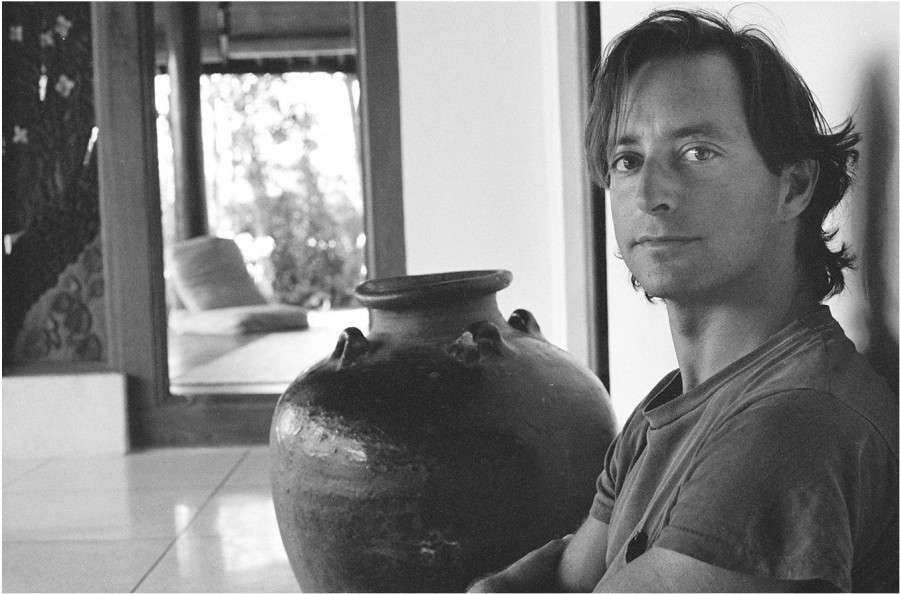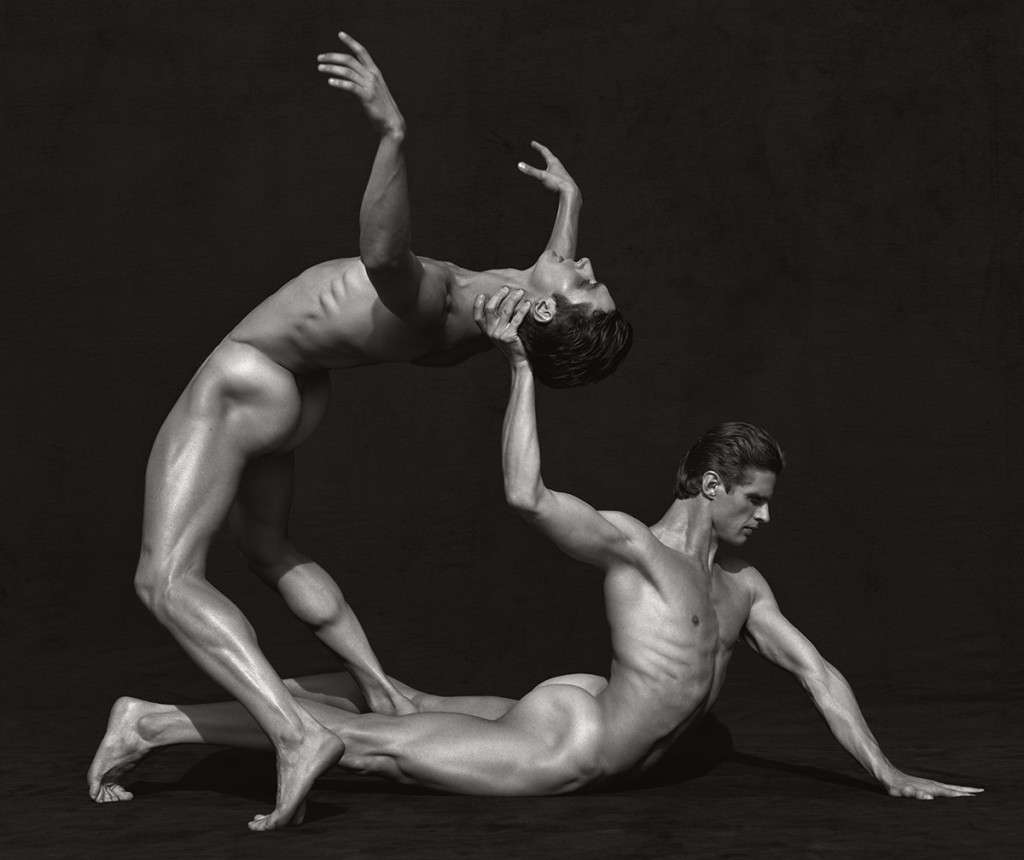With work dating between the 1970s up through the 21st century, Cindy Sherman can best be described as an ever-changing artist with a constant message. She was a child of the New York/ New Jersey area in 60s and influenced by the work of Dali and Picasso.
In the 1970s, Sherman began creating her intriguing black and white film stills, mainly consisting of images of herself. Though only being images of Ms. Sherman, they were far from being self-portraits. Each still contained its own character. Each separate image depicted a different female character typically found in the press: a young girl, house mom, fragile grandmother, etc.
Later, in 1980s, the look of Cindy’s images changed with the decade. Beginning in 1981, Sherman started playing with color in her images. With the increase of color, came an increase in tone. Her work from this time period would leave the viewer with an uneasy feeling. By playing with makeup and shadows, Cindy adds a “look what you created “ tone to these abnormal depictions of a woman in the public eye.
When the 1990s hit, Sherman’s work took a turn for the bold. She began including sculptures whose aforementioned Dali and Picasso inspiration rose to climax. These newer images toyed with the ideas of human sexuality, body image and gender roles, but with a surreal twist.
Sherman’s newest work brings the focus back on her former caricature-like portraits now with new age quality to them. Full body costumes, makeup extremes, and school picture day backgrounds seem to me to be the fulfillment of an extremely creative woman’s ideas. When presented with Cindy Sherman’s full body of work, you see her thought process very clearly and how each of the former eras of her work were stepping stones for her to create the statement pieces she creates today.
1970s: https://www.artsy.net/artwork/cindy-sherman-untitled
1980s: https://www.artsy.net/artwork/cindy-sherman-untitled-number-130a
1990s: https://www.artsy.net/artwork/cindy-sherman-untitled-61
2000s/10s: https://www.artsy.net/artwork/cindy-sherman-untitled-39
Source: http://www.cindysherman.com/biography.shtml


 The Circus, Budapest, 1920
The Circus, Budapest, 1920 The Lost Cloud, New York, 1937
The Lost Cloud, New York, 1937


